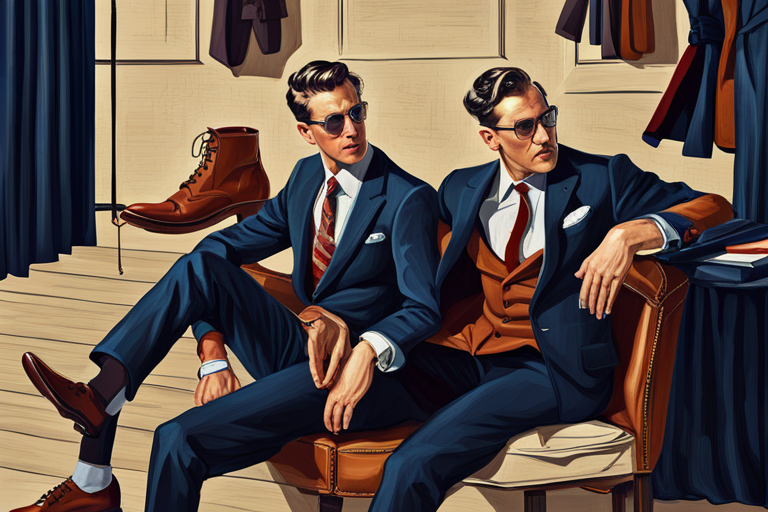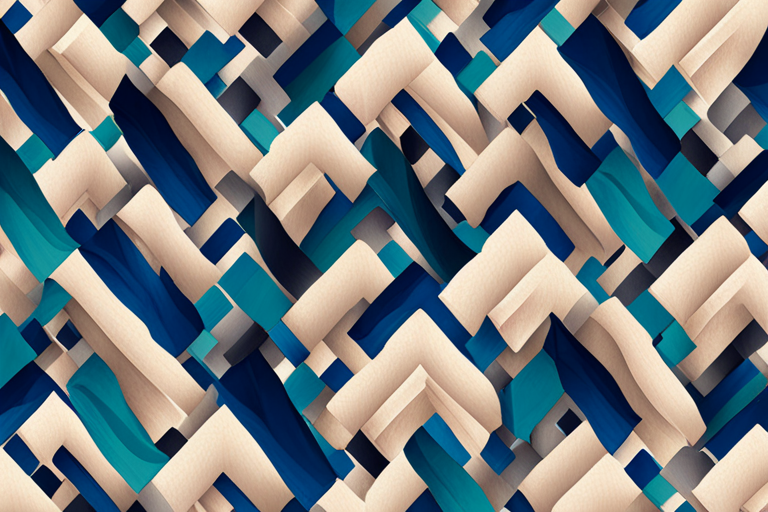The Importance of Silhouettes in Fashion
Silhouettes are an essential element of fashion that has been used to create the desired appearance of a person’s body shape. The way a silhouette is constructed can convey a message about power, self-expression, and individuality. This week’s topic is Silhouettes, and we will be exploring the evolution of silhouettes throughout the last century or so. In this blog post, we will discuss the importance of silhouettes in fashion and how they have been used to shape our bodies and our perception of fashion.
Table of Contents
- The Importance of Silhouettes in Fashion
- The Definition of Silhouettes
- The Little Black Dress
- Conforming Silhouettes
- Augmenting Silhouettes
- Freeing Silhouettes
- Contemporary Silhouettes
- Concluding Thoughts
The Definition of Silhouettes
A silhouette is defined as something that is outlined against a lighter background. In fashion, a silhouette refers to the shape of an outfit or garment that outlines a person’s body. It has the power to change the perception of the body’s shape and size, and it can be used to hide or enhance certain features. A silhouette can be created through the construction of an outfit or by accessorizing the outfit. It is a crucial element of fashion that can convey a message about power, self-expression, and individuality.
The Little Black Dress
One of the most iconic silhouettes in fashion is the little black dress. It is a concept that emerged in the 1920s and has since become a staple in every woman’s wardrobe. The little black dress is unique in that what remains consistent about it is its color, and what changes about it constantly is its shape. The little black dress lends itself very well to the evolution of shape throughout the 20th century, offering a lens into looking at different silhouettes throughout the times and the evolution of the little black dress itself.
Conforming Silhouettes
Silhouettes can also be used to conform to societal norms and expectations. One key example of making one’s body conform to a fashionable silhouette is the pencil skirt. The pencil skirt is a very straight, narrow skirt, often below the knees, and it had a particular moment in the 1960s as a key component of professional workwear. The wearing of a pencil skirt lent a degree of power because of the way it made the body look. However, in a very literal way, it also detracted from the wearer’s agency because it was difficult to walk in. This is a perfect example of the way silhouettes can be used to conform to societal norms and expectations.
Augmenting Silhouettes
Silhouettes can also be used to augment the body, allowing individuals to appear bigger or more desirable than they are. One example of this is the Wonderbra. The Wonderbra was introduced in the 1960s and has since become a symbol of femininity and desirability. It enhances the cleavage, making it look fuller and more prominent, and it was considered fashionable in the West for a long time. The Wonderbra is an excellent example of the way silhouettes can be used to augment the body and create a more desirable appearance.
Freeing Silhouettes
Silhouettes can also be used to free the body, allowing individuals to move and express themselves more freely. In the mid-century, capri pants and the idea of women being able to take on bifurcated pants allowed them to move more freely than they could in something more constricting. The caftan and the zoot suit are also examples of silhouettes that gave freedom of movement and expression to those who wore them. The zoot suit was a significant suit moment in the ’30s and ’40s in particular, that gave not only freedom of movement but also freedom of expression to the people that wore it.
Contemporary Silhouettes
Silhouettes have evolved over time, from constricting corsets to the free-flowing bohemian style of the 1970s. As we move into the 21st century, contemporary silhouettes continue to change, reflecting shifts in societal values and the needs of modern living.
One of the biggest changes in contemporary silhouettes has been the rise of athleisure wear. Athleisure has blurred the line between sportswear and everyday clothing, creating a new silhouette that is comfortable and functional. Leggings, yoga pants, and sportswear are no longer reserved for gym sessions; they are now a staple of everyday wear. The trend has become so popular that even high-end designers have started incorporating athleisure elements into their collections.
The oversized silhouette is also a popular contemporary trend. Oversized clothing has always been a part of fashion, but in recent years it has become more popular. It’s no longer just for comfort; the oversized look has become a statement in itself. From oversized coats to baggy pants, oversized silhouettes have taken over the fashion world. The trend is often paired with a minimalist aesthetic, creating a sleek, modern look.
Sustainable fashion has also influenced contemporary silhouettes. As consumers become more environmentally conscious, designers are rethinking the way clothing is made. Sustainable fashion focuses on reducing waste, using eco-friendly materials, and creating pieces that are designed to last. These values are reflected in the silhouettes being created; sustainable fashion tends to favor classic, timeless silhouettes that are designed to be worn for years to come.
Concluding Thoughts
In conclusion, the evolution of silhouettes in fashion has been shaped by a wide range of factors, from cultural and social norms to technological advances. As we have seen, silhouettes have been used to conform, augment, and free the body. In the contemporary moment, fashion brands like Universal Standard are looking at sizing through a more realistic perspective, acknowledging that fashion has not always been inclusive of all body types. As fashion continues to evolve, it is essential to consider the impact of silhouettes on how we view our bodies and ourselves.
We hope you enjoyed this exploration of silhouettes in fashion and that it has provided you with a new perspective on the role of fashion in our lives. Please share your thoughts and comments below, and let us know how you feel about silhouettes and their impact on fashion.



